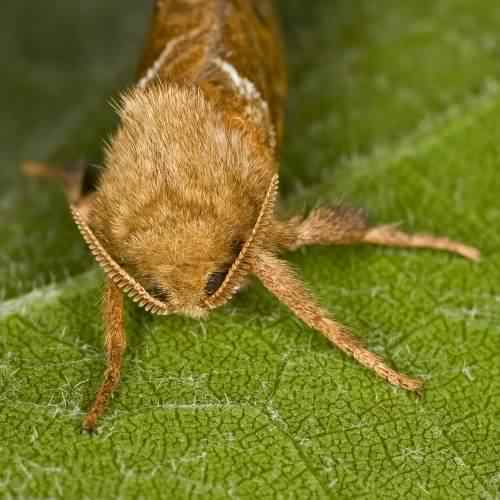
Photo ©2006 Olaf Leillinger
Click for a larger image
More photos
Photo ©2006 Olaf Leillinger
Click for a larger image
Orange Swift moth - Triodia sylvina
Family - Hepialidae
Syn. - Hepialus sylvina
Also known as - The Orange moth
A common species in the UK and Europe, with a wingspan of 32–48mm (1.25–1.9in), the Orange Swift will be seen on waste ground, woodland, gardens and rough grasslands, from July to September. They are a night flier readily attracted to moth traps or other bright lights.
They are a dimorphic species where the male is much smaller and more colourful than the. The male has orange forewings with two white bars that run diagonally forming an "X" whilst at rest, the hindwings are dark brown. The female is larger with more pronounced markings but is more muted in her colouration being an overall grey–brown.
In common with other moth species the larvae feed on the roots of a variety of plants including Dandelions, Docks, Hop and and Viper's Bugloss, all species found in Brickfields Park. This species over winters twice as a larva.
Another moth species is also known as The Orange moth – Angerona prunaria (see far right photo below), but whilst having an overall orange colour to it's wings, it does not have the white bars but does have a multitude of small brown or black strips and patches rather reminiscent of Birch bark.
Agassiz #3.001, Bradley & Fletcher #15
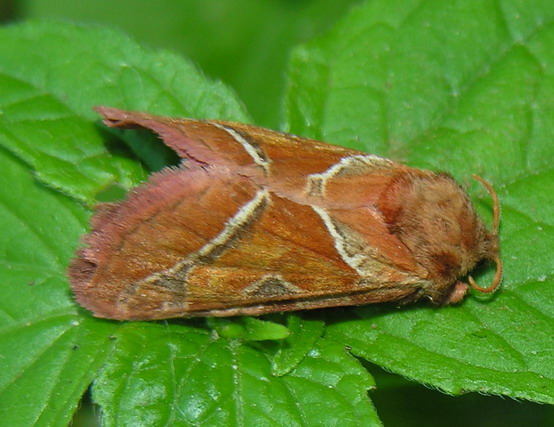 Photo ©2005 Algirdas |
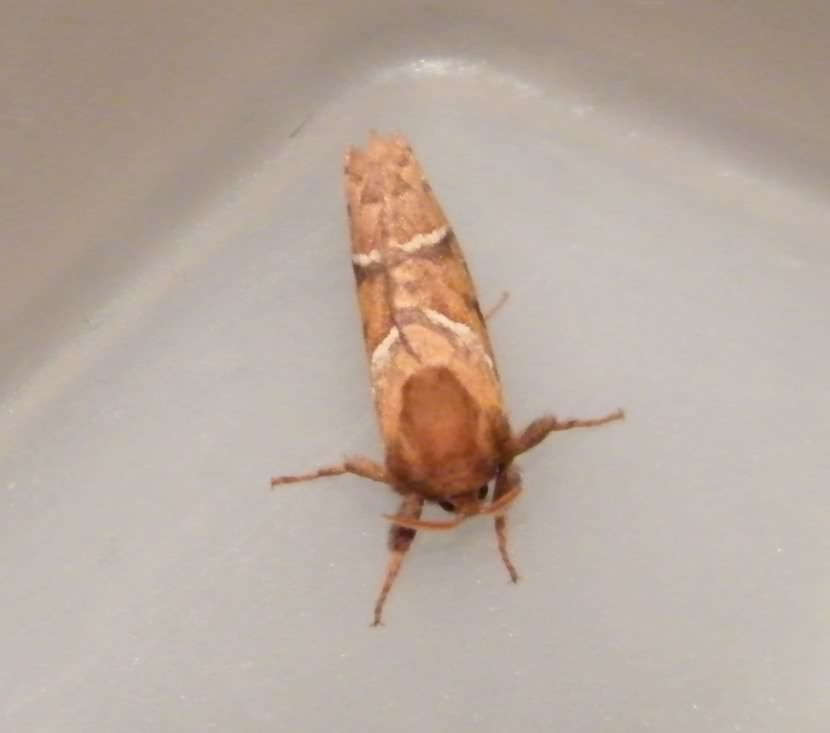 |
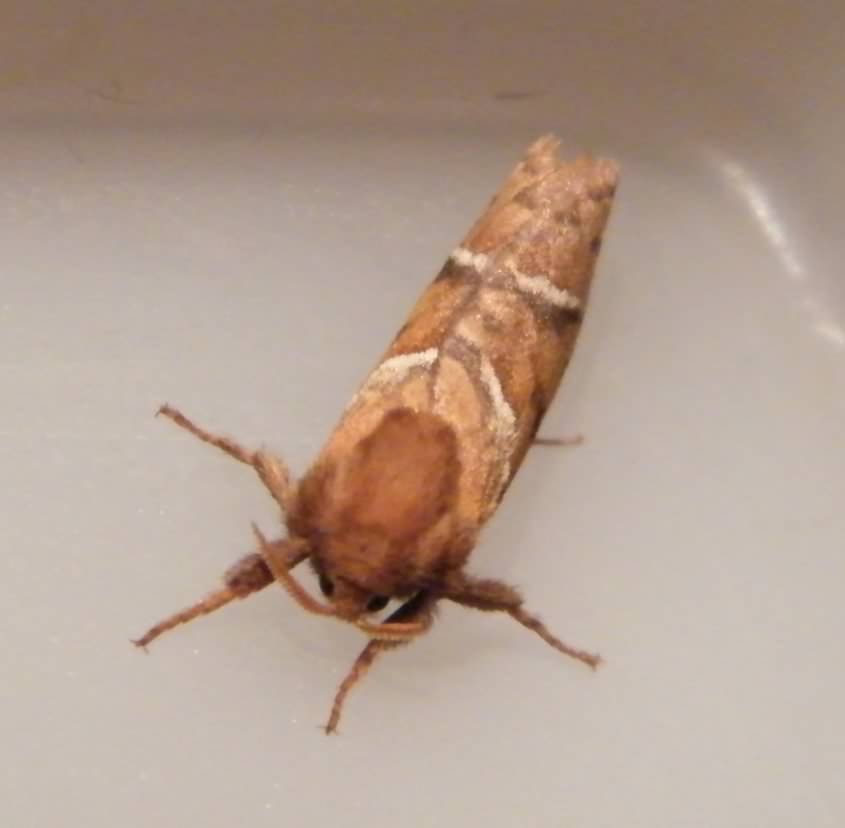 |
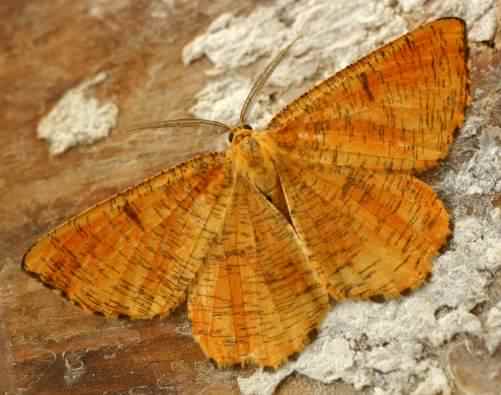 The "other" Orange moth Angerona prunaria Photo ©2005 Entomart | |
| Close window | Two photos above ©2013– | |||
| Click any photo for a larger image | ||||
Site design ©1999– Brickfields Country Park - Privacy -